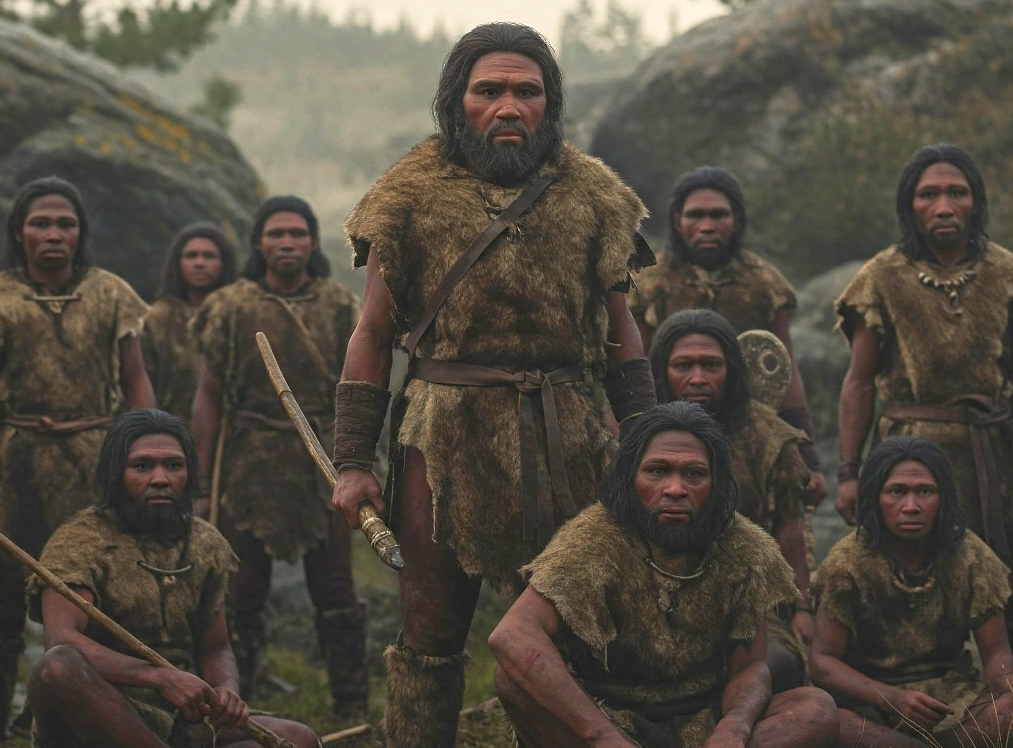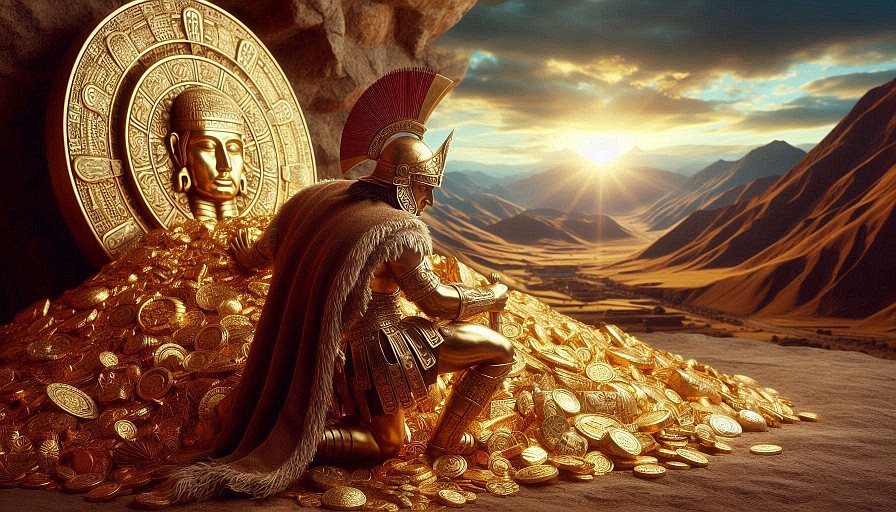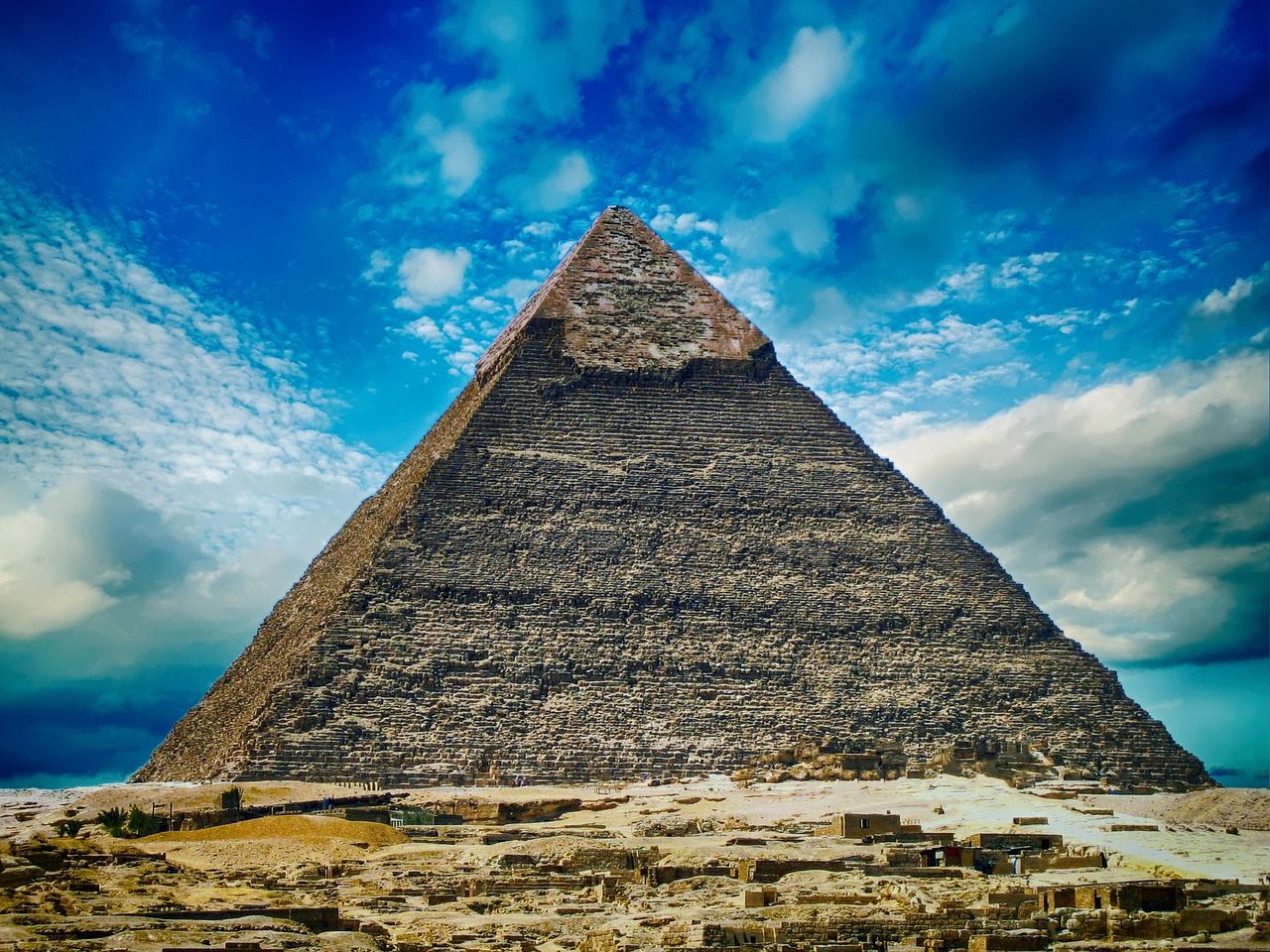
The Pharaohs knew that one day they would die and were very concerned about their ghostly afterlife. Special tombs, in the shape of pyramids, were made for these rulers. Such tombs would have a sturdy, heavy coffin, generally with multiple coverings, over the original coffin containing the corpse. The tombs were lavishly supplied with all sorts of things, especially personal possessions of the deceased. There were chairs, jewelry, tools, weapons, ornamental boxes and cabinets, religious statutes, statutes of the decedent, etc. On the thick walls, there were painted scenes depicting people, things, and animals believed to be encountered by the dead royalty in the next life. In ancient Egyptian religion, these material objects, buried with the king, were believed to magically become usable by the spirit of the dead king. These objects were beautiful, intricately designed, and most were practical for use in today’s world.
Such objects were exquisitely made of rare or very fine grade materials and were expensive. The tomb of King Tutankhamen had over 5,000 artifacts. To protect their pyramid protected graves against invaders and especially against tomb robbers, there were a number of precautions, such as false chambers that do not lead to the tomb, a huge, heavy boulder blocking an entrance way, thick, heavy locked doors behind the boulder, and what is so familiar with people all over the world is mythical curses and a fabled vengeful, murdering mummy that magically became alive and has great strength and endurance to attack and then murder tomb intruders, especially tomb raiders. There never was a mummy that ever returned from the world of the dead as a living human being.
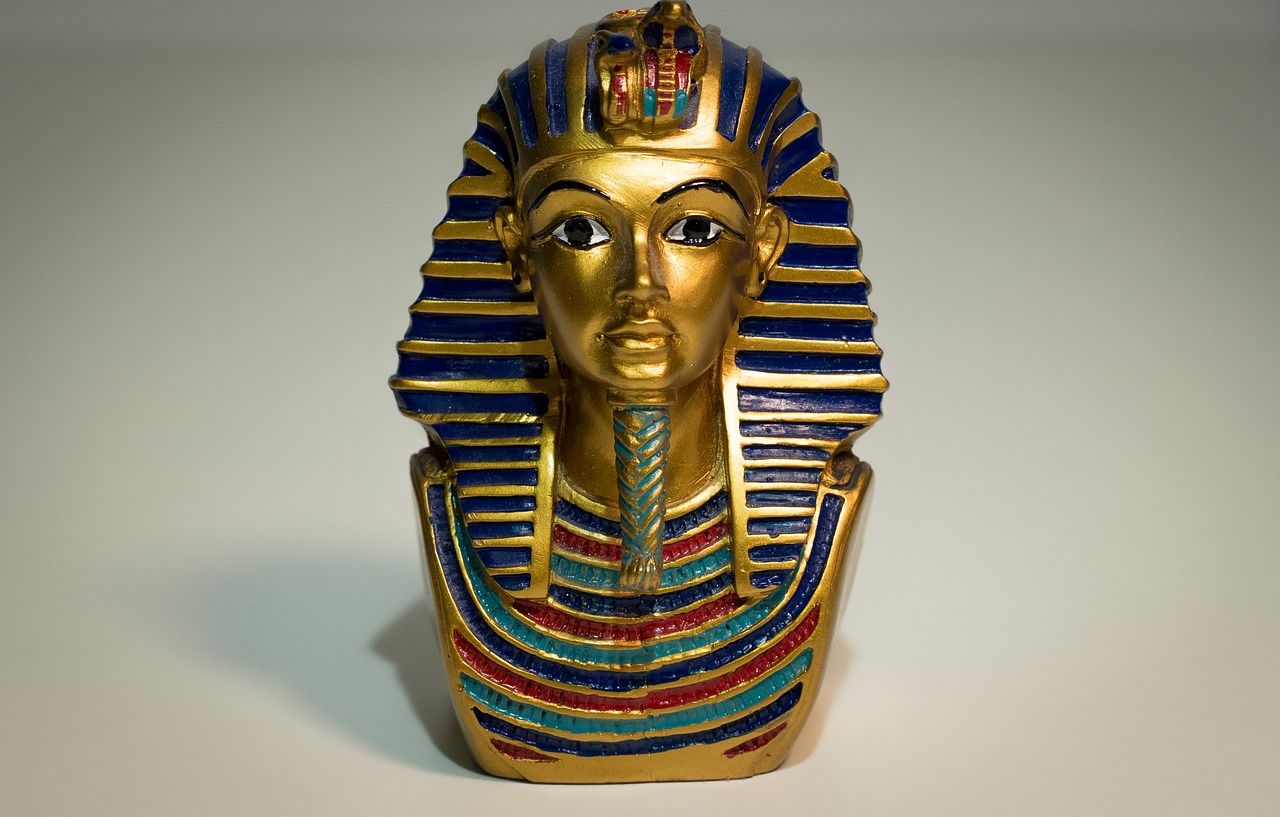
All the known tombs of the ancient Pharaohs were invaded, plundered; robbed not long after the Pharaoh died, and under ancient Egyptian law such crimes were punishable by death. The only tomb of ancient Egypt not robbed in ancient times was the tomb of King Tut(Tutankhamen), who was born circa 1342 BC and died circa 1325 BC. In many cases, tomb robbers were believed to be ancient designers; ancient workers who were highly familiar with the layout of the pyramid, they were believed by historians and crime study scholars, to be the tomb robbers.
Egyptian Pharaoh tombs were robbed by ancient thieves who did not believe in curses, and knew a dead mummy would never come back to life to try to murder them. And the ancient Egyptian morticians took out vital organs of the corpse, as the heart and brain and then put them in separate jars. The ancient tomb plunderers did not believe in a ghost of an angry Pharaoh that would attack, kill them. In regards to ancient Egyptian religion, the faithful believed the deceased; the soul would enter into a special hall; unique room under the majesty of the God Osiris, the God of the Dead. Once inside, the heart of the deceased was weighed on a special two sided scale of justice. If one of the scales of the system dipped downward, the deceased was declared too guilty of sin for redemption. The scales would have to balanced out, with the heart on one of them for proper acceptance of the soul. When the over-weighted heart from sins tipped the scale downward, the deceased was eaten alive; killed by the black jackal god called Anubis.
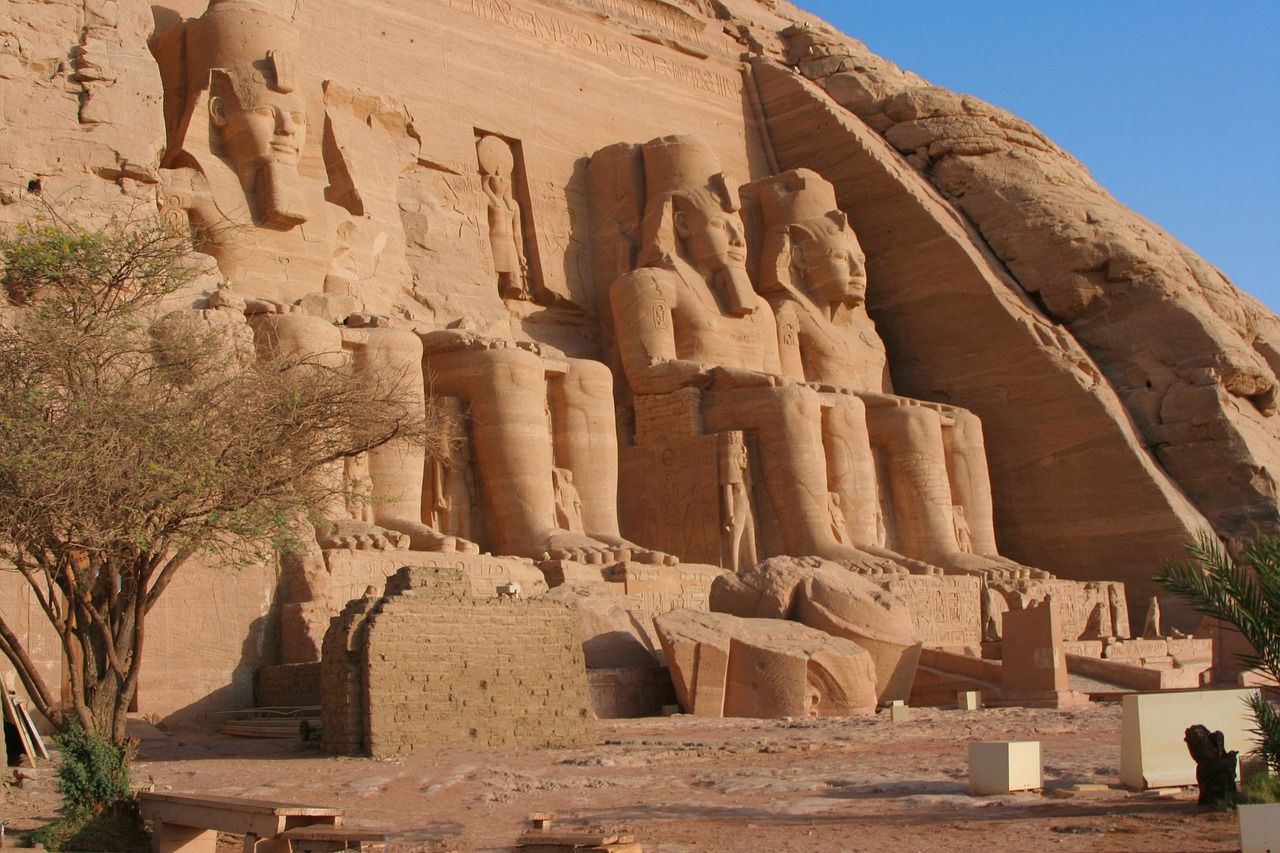
When King Tutankhamun died, pyramids were obsolete. Pyramids were big highly visible sites in the sand, tempting possible robbers. King Tut was buried deep underground, in a secret burial chamber, without visual outside above ground clues for thieves. Only the most trusted people, in ancient times, knew the exact place of the burial, and in due time that exact area became forgotten. The tomb of King Tut did not contain any written threats against tomb violators and thieves. Priests that administrated last rites to King Tut did not place any curses against enemies of the tomb. Now, everyone will have certain bad things that happen to them. Lord Canarvon, who financed the archeology expedition and retrieval of King Tut’s tomb, Lord Canarvon, who had health problems previously, got bit by a mosquito, when shaving he accidentally cut open that spot, allowing the poison to mix into the blood, and got malaria infection, and died shortly thereafter. But this dire incident seems to be much more about lack of proper medical treatment than any curse involving strong misfortune. Also, a pet canary of Howard Carter that was in its cage, got eaten by a cobra that somehow came up and then opened the wired door. The area was obviously the wrong place to keep such a pet bird.
Howard Carter, (1874-1939), the British archeologist who discovered Tut’s tomb in 1922, was in charge of the group, moved the tomb contents and grave out of the ground, helped catalogued, photographed, and then placed everything into the Cairo Museum, never had any type of bad luck for the press to write about, to ascribe to the curse. Howard Carter did not believe in any curses. Usually ancient tombs did not contain written curses. A very small segment of the ancient Egyptian population could read and write. The written-on-walls tomb curses, seem to be found mainly in much smaller than Pharaonic tombs, and private tombs, are extremely rare and normally talk about punishments for tomb violators by a deity of Egyptian religion, or being attacked by the spirit of the deceased, or being attacked by harmful insects and animals, or receiving a great, fatal sickness.
Strong, horrific bacteria, living in ancient Egyptian graves, is thought to have killed tomb robbers who did not use any real sanitary protections. Fungal infections from mold spores, as the Aspergillus niger mold spore, found inside the Netevt Mudgt Egyptian Scarab Map, is one theory of sickness that led to untimely deaths of early explorers of the very old, old tombs. When bad things happen to archeologists; tomb robbers; the press and other social mass media are quick to relate to curses to these incidents, even if there is no proof of any type of curse to begin with. There is a claim that when Howard Carter began to excavate King Tut’s tomb, on November 26, 1922, that all the lights in Cairo went out in the night. And there is a claim that there was another electrical power failure on the day Lord Canvaron died on April 5, 1923. In the 1920’s, at least, in Egypt power failures in Cairo and other places were common, even before the discovery of King Tut’s tomb.
